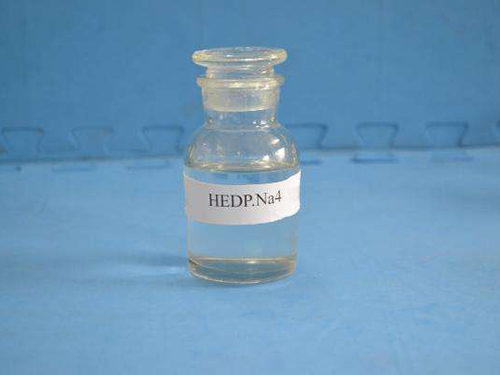Synthesis and Applications of Dodecyl Dimethyl Benzyl Ammonium Chloride in Surfactant Chemistry
Dodecyl Dimethyl Benzyl Ammonium Chloride A Multifaceted Compound for Various Applications
Dodecyl dimethyl benzyl ammonium chloride (DDBAC) is a quaternary ammonium compound known for its surfactant and antimicrobial properties. This compound, often referred to as a quaternary ammonium salt or simply a quat, is widely utilized in various industries, including healthcare, agriculture, and personal care. Its unique chemical structure, consisting of a long hydrophobic tail and a positively charged head, endows it with versatile applications.
One of the most significant properties of DDBAC is its effectiveness as a surfactant. Surfactants are compounds that lower the surface tension between two liquids or between a liquid and a solid. DDBAC serves this function exceptionally well, making it a valuable component in formulating cleaning products, detergents, and sanitizers. Its ability to emulsify and solubilize oils and greases enables it to act as a powerful cleaning agent, effectively removing dirt and stains from various surfaces.
In the healthcare sector, DDBAC has gained recognition for its antimicrobial properties. It is frequently used in disinfectants and antiseptics due to its effectiveness in killing a broad spectrum of microorganisms, including bacteria, viruses, and fungi. The compound’s ability to disrupt microbial cell membranes makes it an invaluable asset in hospitals and clinics, where maintaining a sterile environment is critical. Its application ranges from surface disinfection to the sanitization of medical instruments, helping to reduce the risk of infections in healthcare settings.
Another burgeoning area for DDBAC is in agriculture, specifically as a biocide. As pesticides and fungicides face increased regulatory scrutiny and public concern regarding safety and environmental impact, DDBAC offers an alternative with a lower toxicity profile. Its efficacy against various plant pathogens enables farmers to protect crops while reducing reliance on conventional chemical treatments. Furthermore, its surfactant properties improve the adhesion and spread of active ingredients in pesticide formulations, enhancing application efficiency.
dodecyl dimethyl benzyl ammonium chloride

In personal care, DDBAC is often included in formulations for hair and skin products. Its conditioning and antimicrobial properties make it a popular choice in shampoos, conditioners, and topical skin treatments. DDBAC not only helps maintain the integrity of the product by preventing microbial growth but also provides a smooth and soft feel to hair and skin, making it appealing to consumers.
Despite its numerous benefits, the use of DDBAC is not without challenges. Concerns regarding its environmental impact, particularly its persistence in aquatic systems and potential toxicity to non-target organisms, have led to increased scrutiny. Manufacturers and researchers are actively exploring the formulation of biodegradable alternatives and methods to reduce the environmental footprint of quaternary ammonium compounds.
Regulatory agencies are also establishing guidelines and limits on the concentrations of DDBAC in commercial products to ensure safety for both users and the environment. Consequently, any use of DDBAC must now be balanced with these considerations in mind.
In conclusion, dodecyl dimethyl benzyl ammonium chloride is a compound that plays a crucial role across a spectrum of industries, from healthcare to personal care and agriculture. Its surfactant and antimicrobial properties make it an invaluable ingredient in many formulations. While challenges remain regarding its environmental impact, continued research and development could lead to safer and more sustainable applications. As industries move towards greener practices, the evolution of compounds like DDBAC will undoubtedly influence the future landscape of product formulation and usage.
-
Pbtc Scale InhibitorPBTC: A Scale Protector for Industrial Water TreatmentNewsAug.05,2025
-
Organic Phosphonate: An Efficient Defender in the Field of Scale InhibitionNewsAug.05,2025
-
Hydrolyzed Polymaleic Anhydride: Green Pioneer in Scale Inhibition FieldNewsAug.05,2025
-
PAPEMP Polyamino Polyether Methylene Phosphonic Acid For SaleNewsAug.05,2025
-
Flocculant Water Treatment: A Pioneer in Purification in the Field of Water TreatmentNewsAug.05,2025
-
Benzyl Isothiazolinone: An Efficient and Broad-Spectrum Antibacterial Protective GuardNewsAug.05,2025





